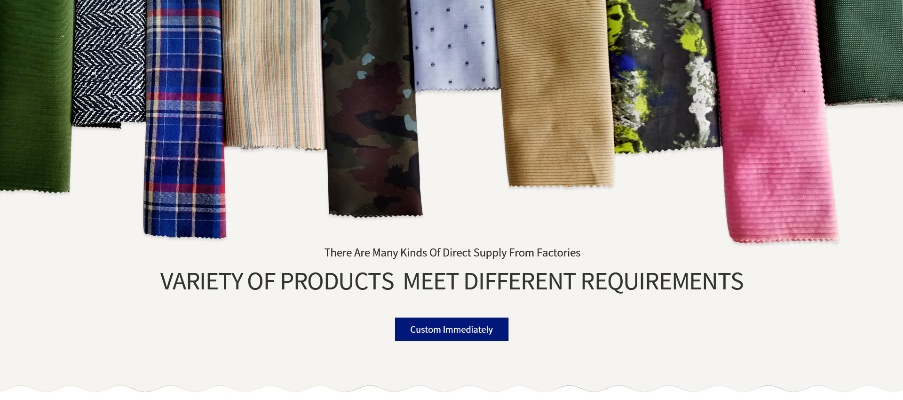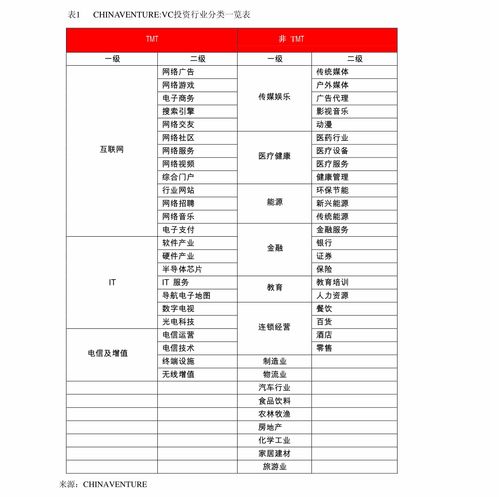Navigating the World of Textile Inventory Management
Textile inventory management, a complex and dynamic process that demands meticulous attention to detail, is critical for any textile company. It involves managing and tracking the stock of textiles, ensuring that they are available in sufficient quantities to meet customer demand while minimizing waste and excess inventory. The key to effective textile inventory management lies in the use of advanced technology, such as computer systems and software programs, which can help companies track inventory levels, monitor supply chain activities, and make informed decisions about purchasing and selling strategies. In addition, proper planning and forecasting can help textile companies anticipate future demand and adjust their inventory accordingly, ultimately reducing costs associated with overstocking or understocking. By implementing these strategies, textile companies can streamline their inventory management processes and optimize their overall operations, ensuring long-term success in the competitive world of textiles.
Introduction: The textile industry is a multibillion-dollar sector that relies heavily on accurate inventory management. This topic, 'Textile Inventory Management' (TIM), is crucial for ensuring that businesses can efficiently produce, supply, and maintain stock levels to meet customer demands. Today, we'll delve into the intricacies of TIM, covering the various methods, challenges, and strategies that are integral to managing textile inventory effectively. We will also provide insights from a case study to illustrate how effective TIM practices can drive profitability and enhance overall supply chain efficiency.
Methodology: Textile inventory management involves a combination of quantitative and qualitative approaches. Quantitative methods involve tracking inventory through bar codes, RFID tags, or computerized systems. These tools enable businesses to monitor real-time data on inventory levels, location, and movement. Qualitative methods include detailed records of purchases, sales, returns, and replacements. These records help identify trends, predict future demand, and optimize inventory levels.

Challenges: One of the biggest challenges in textil inventory management is the sheer volume of products. Each type of fabric comes in a vast array of colors, sizes, and weights, making it challenging to keep track of all items. Another challenge is the variability in demand, especially during seasonal changes. The complexity of these challenges necessitates a comprehensive strategy to manage inventory effectively.
Case Study: Let's take a look at how a leading global textile company, 'Textiles Ltd.', has navigated the world of TIM using a multifaceted approach. Textiles Ltd. had an extensive product range, including high-end luxury materials, midrange everyday wear, and low-end affordable goods. To address the challenges mentioned earlier, the company implemented an integrated TIM system that leveraged both quantitative and qualitative methods.
Firstly, they introduced RFID technology to track inventory across their diverse product line. This enabled them to monitor each item's location in real-time, reducing the likelihood of errors in restocking or out-of-stock situations. The use of RFID technology also facilitated automated data entry, saving time and minimizing human error.
Secondly, Textiles Ltd. established a robust database that included historical sales data, market trends, and forecasts. This helped them anticipate demand and adjust inventory levels accordingly, avoiding overstocking and understocking scenarios.
Thirdly, the company employed a strategic replenishment plan based on demand forecasts and seasonal variations. They regularly reviewed this plan to ensure that their inventory levels were aligned with customer needs and market trends.
Fourthly, Textiles Ltd. implemented a proactive approach to inventory management by conducting regular audits of their warehouses to detect discrepancies or potential issues early on. They also engaged third-party auditors to ensure that the accuracy of their inventory data was up to standard.
Finally, Textiles Ltd. focused on training their employees on TIM best practices. They offered workshops, seminars, and online courses to equip them with the knowledge and skills needed to manage inventory effectively. By implementing a multifaceted TIM system, Textiles Ltd. was able to improve its operational efficiency, reduce costs, and increase its market share.
Conclusion: In conclusion, textile inventory management is a critical aspect of the industry's success. It requires a combination of quantitative and qualitative approaches, as well as a proactive and strategic mindset. By leveraging technologies like RFID and employing a comprehensive TIM system, businesses can mitigate challenges such as sheer volume, variable demand, and complex product lines. Additionally, investing in employee training and adopting a proactive approach to inventory management can further enhance business performance. As we navigate the ever-evolving landscape of textiles, effective TIM practices will be key to driving profitability, enhancing supply chain efficiency, and staying ahead of the competition.

大家好,今天我们将围绕纺织品库存这一主题展开讨论,在繁忙的商业环境中,纺织品库存管理对于企业的运营至关重要,在“纺织品库存吧”这个平台上,我们分享一些关于纺织品库存管理的经验和技巧。
纺织品库存的重要性
纺织品库存是企业在供应链中不可或缺的一部分,它们是企业能够快速响应市场需求、满足客户需求的保障,良好的纺织品库存管理也是企业成本控制、提高效率的重要手段。
纺织品库存管理的实践与案例
实践案例一:精细化库存管理
某大型服装企业通过引入先进的库存管理系统,实现了对纺织品库存的精细化管理,该系统能够实时监控库存水平,及时发现并处理过剩或不足的库存,通过这种方式,企业能够更好地控制成本,提高运营效率。
案例分析:纺织品库存管理的挑战与对策
在纺织品库存管理中,面临的主要挑战包括供应链波动、市场需求变化等,针对这些挑战,企业可以采取以下对策:建立快速响应机制、优化库存周转率、加强与供应商的合作等。
纺织品库存管理的策略与建议

定期盘点与评估
定期进行纺织品库存盘点和评估是确保库存管理有效性的关键,企业可以定期组织盘点活动,对库存进行全面检查,及时发现和处理问题,建立评估机制,对库存管理进行持续改进。
优化供应链管理
优化供应链管理是提高纺织品库存管理水平的重要手段,企业可以加强与供应商的合作,确保供应链的稳定性和可靠性,采用先进的物流技术,提高物流效率,降低库存成本。
纺织品库存管理的未来趋势与展望
随着科技的不断发展,纺织品库存管理将迎来新的趋势和挑战,纺织品库存管理将更加智能化、数字化,企业可以通过引入物联网技术、大数据分析等先进技术,实现纺织品库存的实时监控和智能管理,企业还需要加强员工培训,提高员工对纺织品库存管理的认识和技能。
纺织品库存是企业运营中不可或缺的一部分,它关系到企业的成本控制、运营效率和客户满意度,在“纺织品库存吧”这个平台上,我们分享了一些关于纺织品库存管理的经验和技巧,企业应该建立完善的库存管理制度,加强与供应商的合作,优化供应链管理,同时积极应对新的挑战和机遇,通过不断的学习和实践,企业可以不断提高纺织品库存管理水平,为企业的发展提供有力支持。
Articles related to the knowledge points of this article:
Diru Textiles:Crafting the Future of Fashion
Textile Burning:Principles,Processes,and Case Studies



